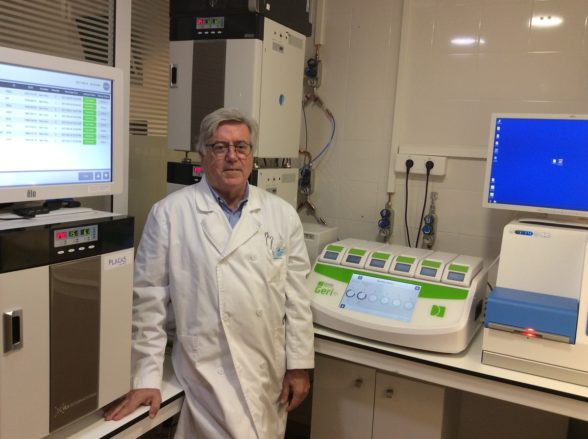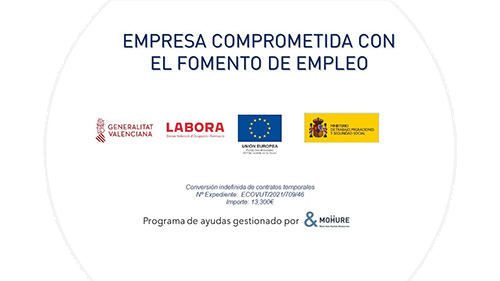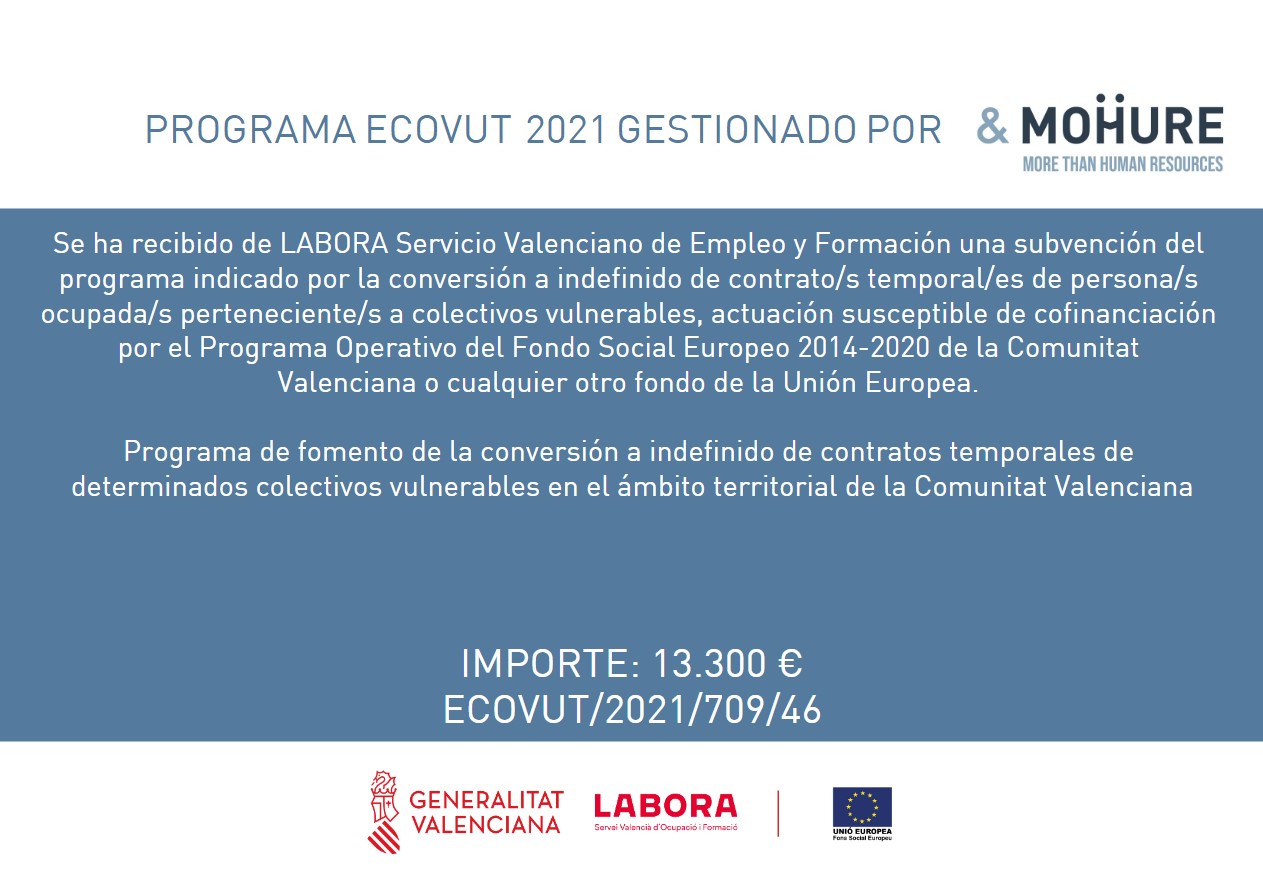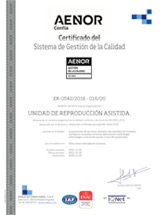The laboratory of Vistahermosa Reproduction Unit brings together all the pioneering time-lapse technology that selects the embryo with the greatest implantation potential
 Technological advances in Reproductive Medicine have improved the expectations of many women and men with fertility problems, achieving to precise diagnoses and significantly increasing success rates.
Technological advances in Reproductive Medicine have improved the expectations of many women and men with fertility problems, achieving to precise diagnoses and significantly increasing success rates.
Time Lapse has been a revolution in the world of embryology. These advanced incubators allow to observe the maternal uterus minute by minute from the moment of In Vitro fertilization until the moment of the transfer. This pioneering technology allows an accurate evaluation of the embryos in real time to select the most optimal for implantation. The continuous capture of images of each embryo is recorded in video, thus obtaining a complete motorization and obtaining all the details of its development.
Vistahermosa Reproduction Unit is the only national center that gathers in its laboratory the three time-lapse systems that currently exist on the market: Geri, Embryoscope and Eeva; it one of the few international reference centers which have made the important investment that entails acquiring these sophisticated incubators and increasing pregnancy rates.
“The different time lapse systems that we have in Vistahermosa Reproduction Unit help us to be more effective, because the embryo needs a less hostile environment for its development. This type of incubation allows the observation and evolution of such embryo without having to remove it from its environment, providing greater safety and efficacy. It is an undeniable advance in assisted reproduction with which we can apply personalized treatments based on the profile of each patient, “says Dr. José López Gálvez, Medical Director of the center.
Advantages of the time lapse with respect to the rest of incubators
It optimizes the selection of the embryo with a better quality and greater probability of implantation and ongoing pregnancy.
It combines an incubator with a microscope and it offers the possibility of describing the morphological characteristics with no need to remove 
the embryos from their environment.
The amount of information that it gives about the embryo allows to detect morphological anomalies that could be unnoticed before. The embryos meet certain times of cell division and adequate morphological changes have determined to have between 10 and 15% more possibilities of implantation.
It increases the possibilities of pregnancy by not having to manipulate the embryo or putting it out of its environment. It has been shown that the patients who used this new technology, obtained a 23% higher probability of pregnancy and a 36% percentage of lower propensity to miscarriage.
First images of the future baby. Time-lapse systems provide a cinematic record from the early biological beginnings of your future baby.











